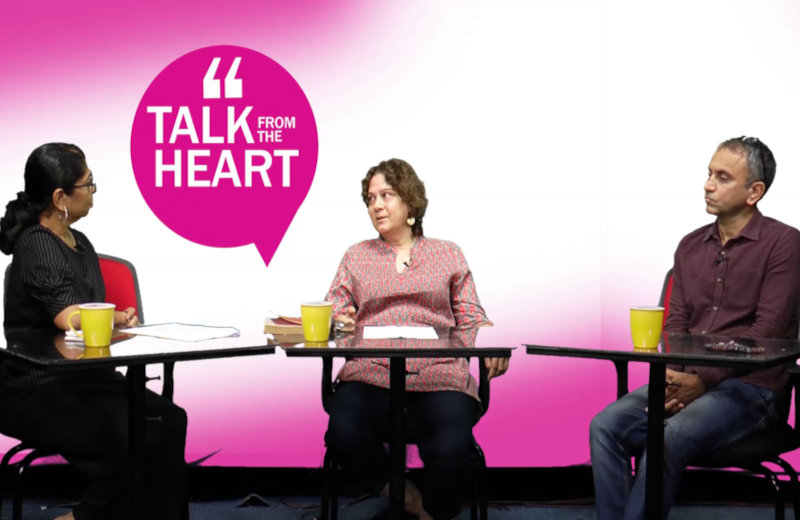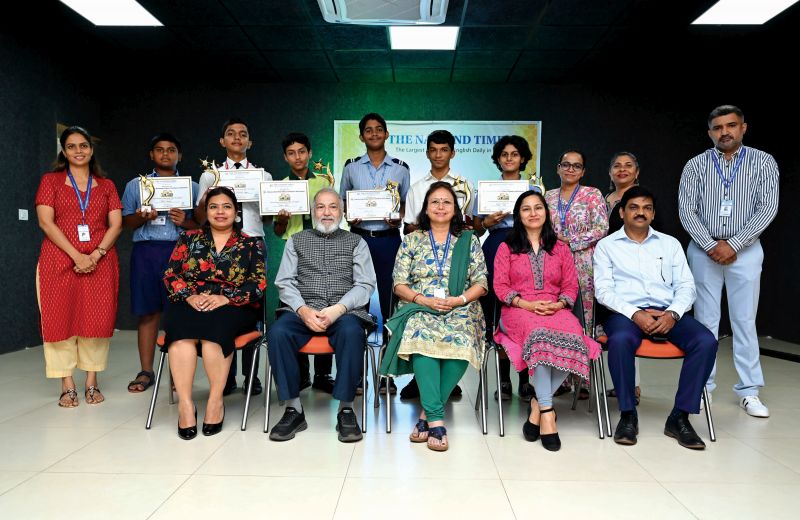
When we think or hear the word ‘design’, invariably what comes to mind is fashion design, interior design and architecture. However there is more to it than just the aforementioned fields. To understand what design is all about and its role in our lives, design professionals and graduates of the National Institute of Design, Ahmedabad, Reboni Saha and Deepak Pathania were invited on The Navhind Times, Talk from the Heart show that aired on the Goa 365 channel on Sunday, October 24.
Expounding on the difference between art, architecture, engineering and design, Saha, a major in Industrial Design said, “It is a sliding scale. An engineer would look into the practical and technological aspect; art would be about the ethereal, space that is metaphorical while design amalgamates the two and gives something that serves people. Like an applied art but people-facing.” Adding to this explanation, Pathania said, “Art is self-expression whereas design serves a purpose. Design is measureable and involves more process.“
With changes in technology, the field of design has expanded and broadly encompasses three major streams, namely industrial, communication and textile design. Pathania, a compulsive inventor who has been running his multi-disciplinary design firm Design Intervention since 1998, explained what industrial design includes. “There is a huge range of products that come under it. This includes designing products like ATMs and information kiosks like the ones in banks to set-ups like television studios. When I first started, our team covered all that including animation and building projects.“
Besides these areas, design also plays a big role in ed-tech especially since the pandemic. “Edtech in India is growing exponentially. However what is lacking is the right authority of design within the content. There is a lot of opportunity there and lots to be done by designers but the idea is that it should be about the content and how best the children learn and enjoy themselves in the process,” said Pathania who is also a YouTube educator and part of the education committee of GCCI.
Design is everywhere but discerning the good from the bad is not always easy. What may look pleasing to the eye may not always be functional. Defining what constitutes good design, Saha said, “Good design is something that fits in to your life and makes your life better for it, like washing machines.” Good design not only makes products easier, more comfortable and safer to use, it also involves decisions about the materials from which they are made and, often, their projected life-span which in turn affect our environment. Giving another example of good functional design, Saha added, “Architecture that allows cross ventilation, utilizes time tested local techniques and responds to the worst of your climate, in the case of Goa, good overhangs to prevent damp walls, thats what I call good design.“
Innovation and creativity go hand-in-hand in design and there is no innovation in the absence of creativity. Simplifying this fact, Pathania said, “Innovation is a vital ingredient in design because design is a process that involves creativity at all times and then comes up with a solution. The more innovative the solution the more it stands out from the ordinary.” Speaking further, Saha said, “In design an overall view is required of every aspect otherwise you end up doing more of the same. If for example I am asked to design a ceramic mug, I will consider how ceramic is treated and then consider alternative materials, their viability, what are the existing products available in the market and other such criteria before working on the design.“
The ability to think creatively, critically and to visualise innovative and better solutions to problems, particularly in relation to usability, makes designers key players in shaping the way we live. Responding to increasing demand for ecologically-responsible living, the philosophy and practice of sustainable design is gaining popularity within design communities.
With the growing creative talent pool in Goa, job generation has already begun. Asked what the required skill-set for these jobs were, Saha replied, “Ideally you would need someone who adapts to the design thought process and is eager to learn. Aptitude and enthusiasm is the key.“
Design has many facets but as Steve Jobs said, “Design is not just what it looks like and feels like. Design is how it works.“



